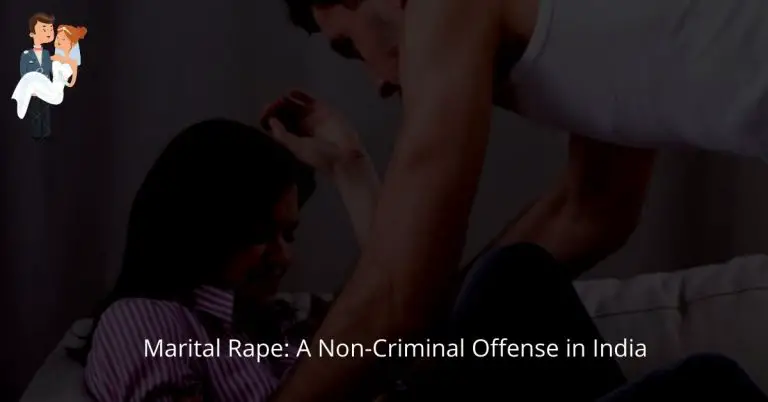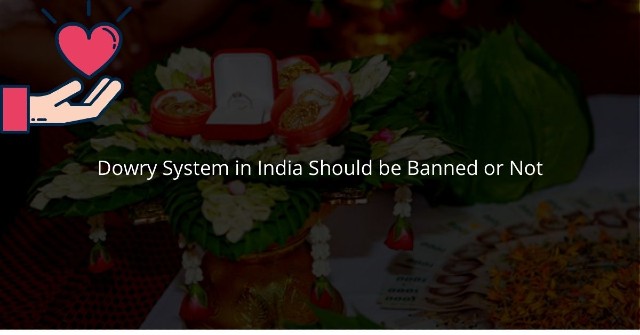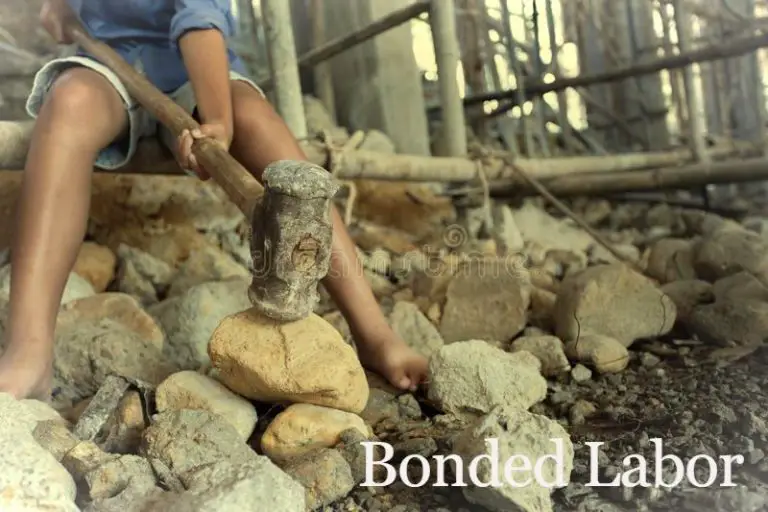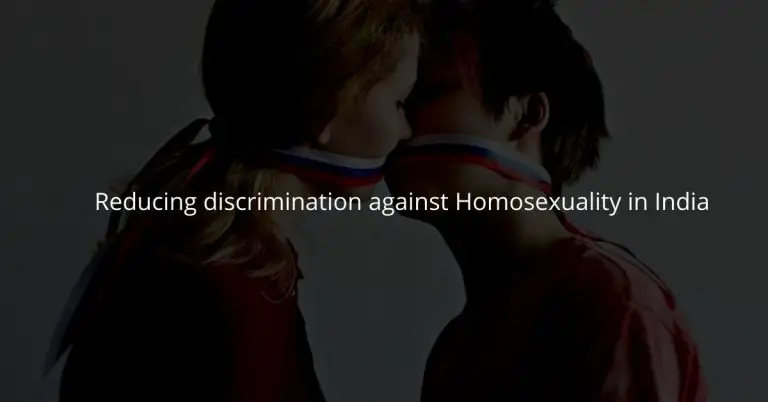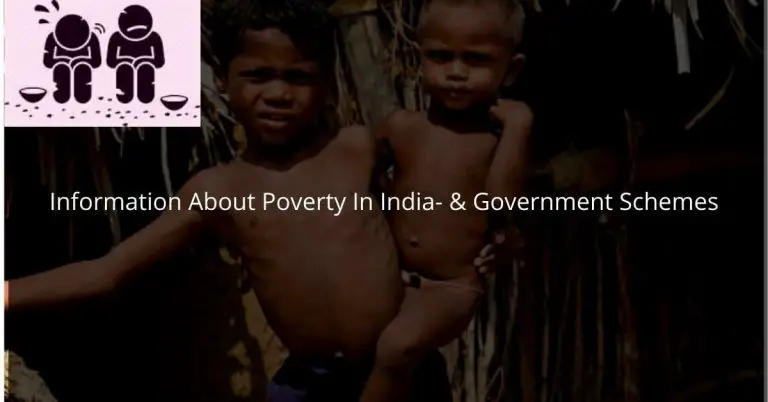Why Child Labor is done by children: the reason and solution
Child Labor
Children are always considered the holiest form after God, they are always considered an attempt to awaken happiness, fun, innocence, and hope. The future of a country is determined by how children and women in that country are treated.
after all, children are a ray of hope, not only for the country’s economy but also for human resources country qualified. For whom access to the basic services necessary for survival along with the principles of education in India is also very important.
It is the moral duty of each citizen to guarantee to the country that the childhood of our children is safe and does not contaminate, for example, child labor that arises due to helplessness and poverty.
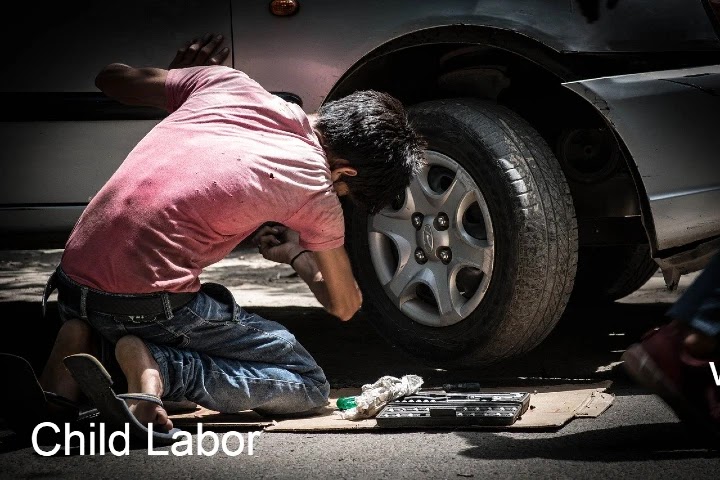
Termination of Child Marriage|World Report 2020
What is Child Labor?
Child labor generally involves children doing physical work without pay or with pay. Child labor is not limited to India alone, it is a global phenomenon.
As for India, this problem is very complicated because children in India help their parents in the fields and other preparatory work since ancient times. Another related concept that must be explained at this time is bonded labor, which is the most common form of exploitation.
Bonded wages are meant to force children to work as laborers for the payment of a debt, where the laborers are street children who spend almost their entire childhood in the streets, due to the excessive interest rates paid by the parents.
UNICEF has divided Child Labor into 3 categories:
Outside the family– for example, commercial stores such as: dealing with children in hotels, selling tea, prostitution, etc.
With the family– the children dedicate themselves to household chores without any salary.
With the family but outside the home– for example, agricultural workers, domestic workers, marginal workers, etc.
Due to the increase in Child Labor
Excessive population, poverty, illiteracy, debt trap, etc. They are common reasons that are the main instruments of this problem.
Parents with excessive debt traps do not understand the importance of normal childhood due to the pressures of their problems and therefore lead to poor emotional and mental balance in the brain of children performing difficult areas or household chores. They are not ready to
National and multinational companies also recruit children to pay more work and fewer wages in the clothing industry, which is absolutely immoral.
The problem of child labor in India has become a matter of concern for all since independence. The draft committee of the Indian Constitution wanted to enact laws on its own based on the recommendations of another country in this regard. At the time when India was under the exploitation of the British Empire, it only realized that the provisions were made taking into account the exploitative way of working, and India is in the midst of a brutal exploitative government.
In India, the Child Employment Act of 1938 was passed when initial legislation was enacted to curb child labor. This act failed with a sad ending. The main reason for their failure was poverty because poverty forces children to work as workers.
The Indian Parliament has passed laws and enactments from time to time to ensure the protection of children from child labor or wages. Fundamental rights have been enshrined in our Constitution under article 24 to prohibit child labor in children under the age of 14 in any factory or mine or in hazardous employment (where there is a high risk of death).
In addition to this, under article 21, it has also been established that a state will provide all the basic structure and resources for free education for a child from 6 to 14 years old. According to the Constitution, the rule of protection of children against child labor. There is a set of tax laws. The Factories Act of 1948 prohibits children up to the age of 14 from working in the factory.
The 1986 Mining Law prohibits children under the age of 18 from working in mines. The Child Labor (Prohibition and Regulation) Act 1986 prohibits the work of children under the age of 14 in life-threatening occupations, which are included in the list prescribed by law. In addition, the Juvenile Juvenile Justice (Care and Protection) Act of 2000 has made the employment of children a punishable offense.
Critically, despite the wide variety of laws, there is no improvement in the working conditions of child workers and employers, as the provisions of the Law prohibiting child labor are independently violated.
It is necessary to emphasize that the violation of these provisions means the lack of basic human rights and the senseless childhood of children. This law is not very clear as to where and how children can work underemployment. This law protects only 10% of working children, and therefore does not apply in unorganized sectors.
The Act also exempts the family of child workers on this basis if they all work with the same employees as the children. Although the Act prohibits child labor in certain hazardous industries and factories, it also does not explain hazardous work. It only provides a list of hazardous work.
Role of international organizations in the fight against child labor.
International Program for the Elimination of Child Labor (IPECL), under the International Labor Organization in 1991, Raising awareness of child labor as a global problem using child labor at the national level. IPECL to Help India Combat Child Labor Was the first nation to sign a memorandum of understanding with.
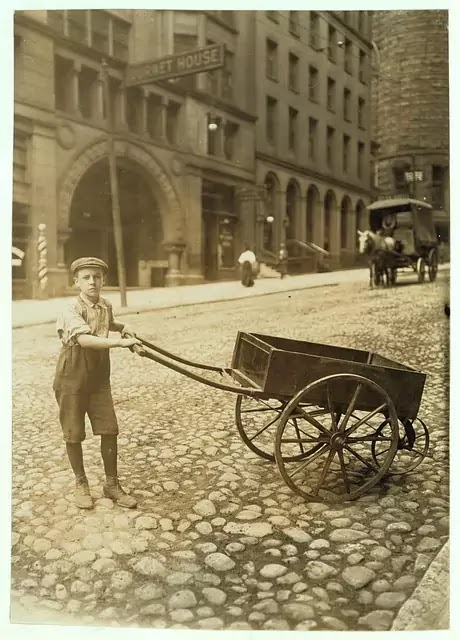
The National Program (NCLP) is one of the main programs launched throughout the country, in which seven child labor programs were launched in 1988. Rehabilitation is one of the main policies adopted by the Government of India to reduce the incidence of child labor in India.
Unfortunately, the authority in question cannot control the growing cases of child labor for many reasons. They cannot estimate the correct age of the children due to the lack of false birth certificates and certificates.
Not much effort has been made to raise awareness among people. Even if efforts have been made, they meet the need for a limited population and there is no tolerance among the authorities. You can see a lot of laxity during the awareness programs. There is still a need for a strict regulatory framework from time to time to address this problem globally.
How to abolish child labor?
The end of child trafficking, the eradication of poverty, free and compulsory education, and the general standard of living can alleviate the problem on a large scale. The World Bank and the International Monetary Fund assist developing countries by providing loans for poverty eradication.
Strict observance of labor laws is very important to avoid exploitation by multinational companies. Many amendments are needed to control the situation strictly enforcing current child labor prohibition laws. The reduction limit must be increased from 14 years to at least 18 years.

